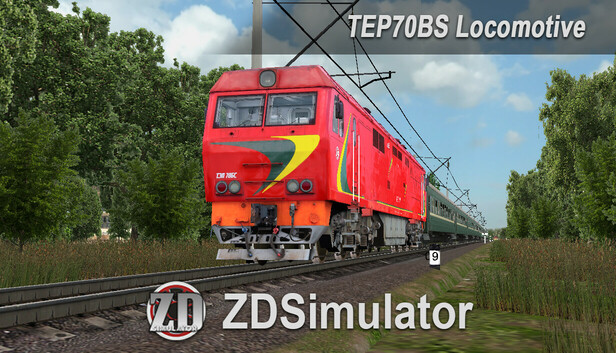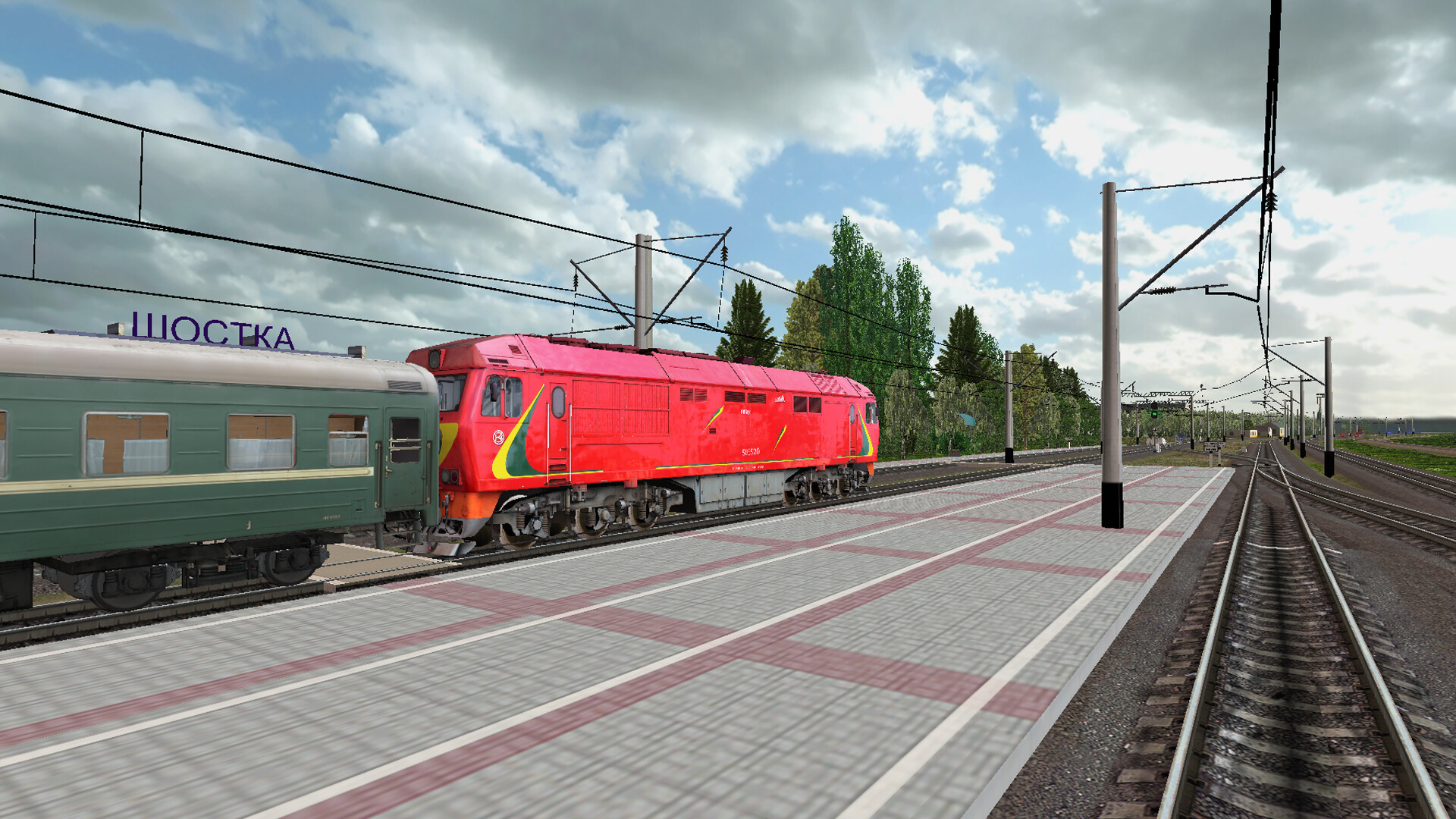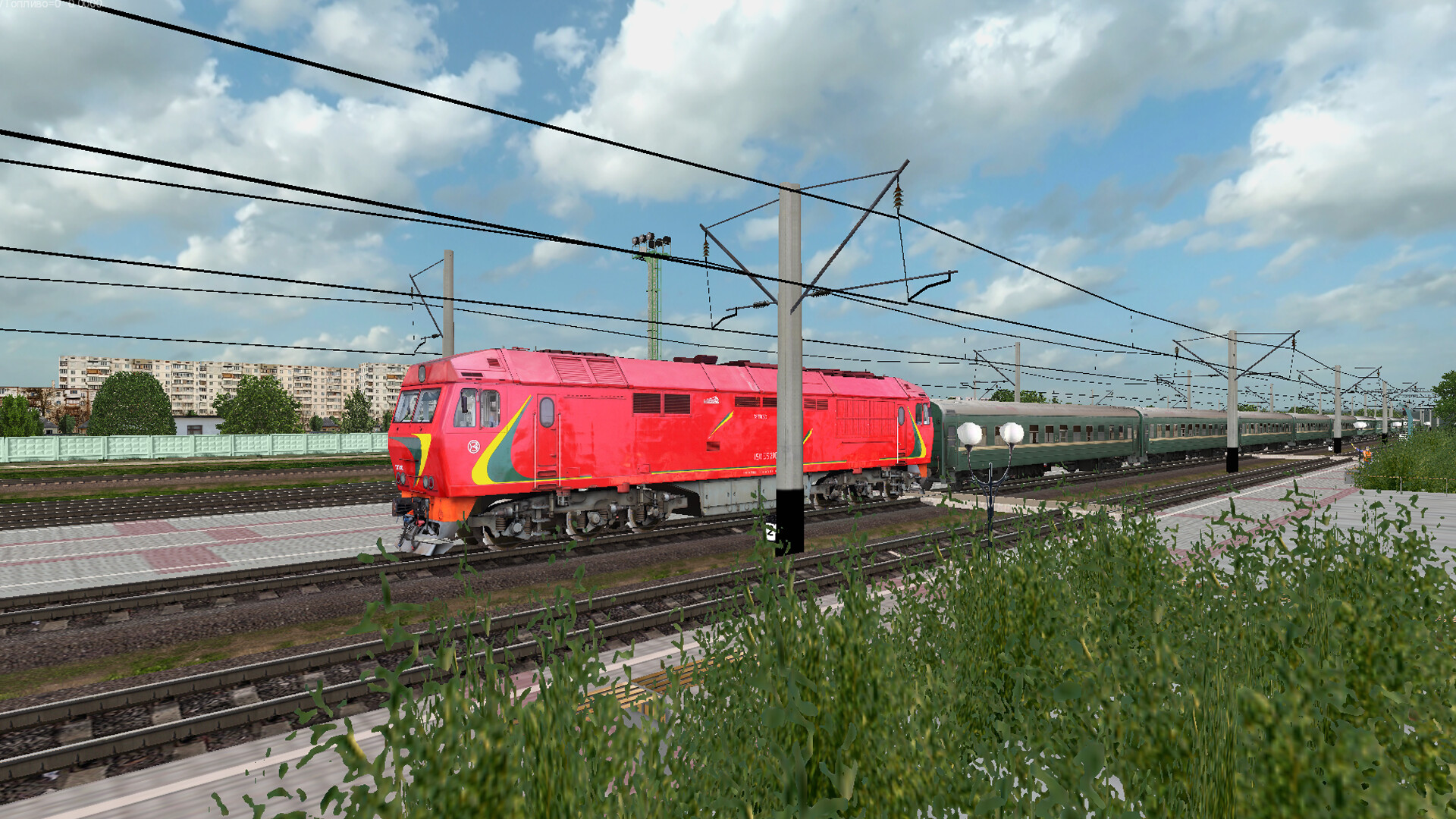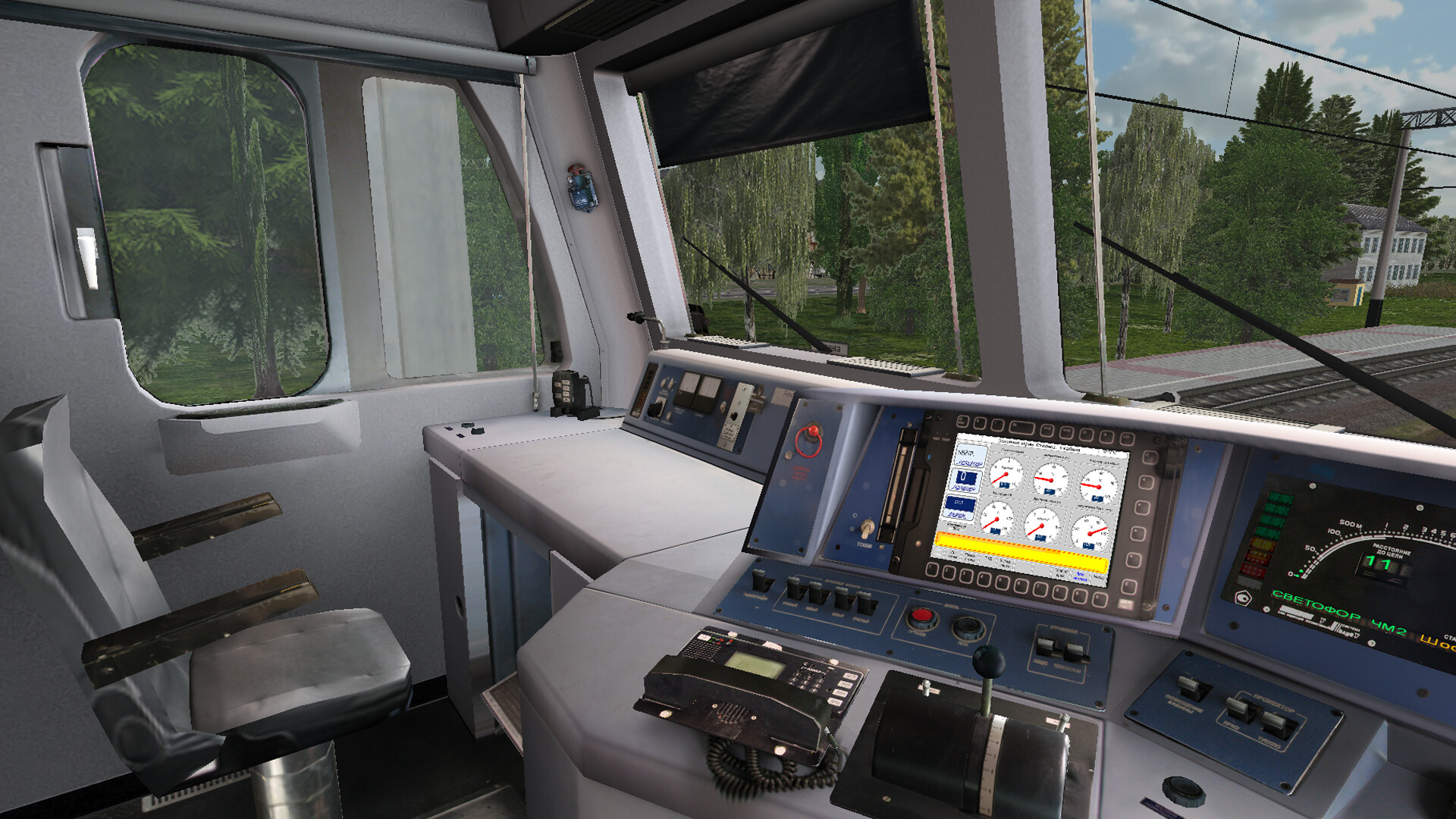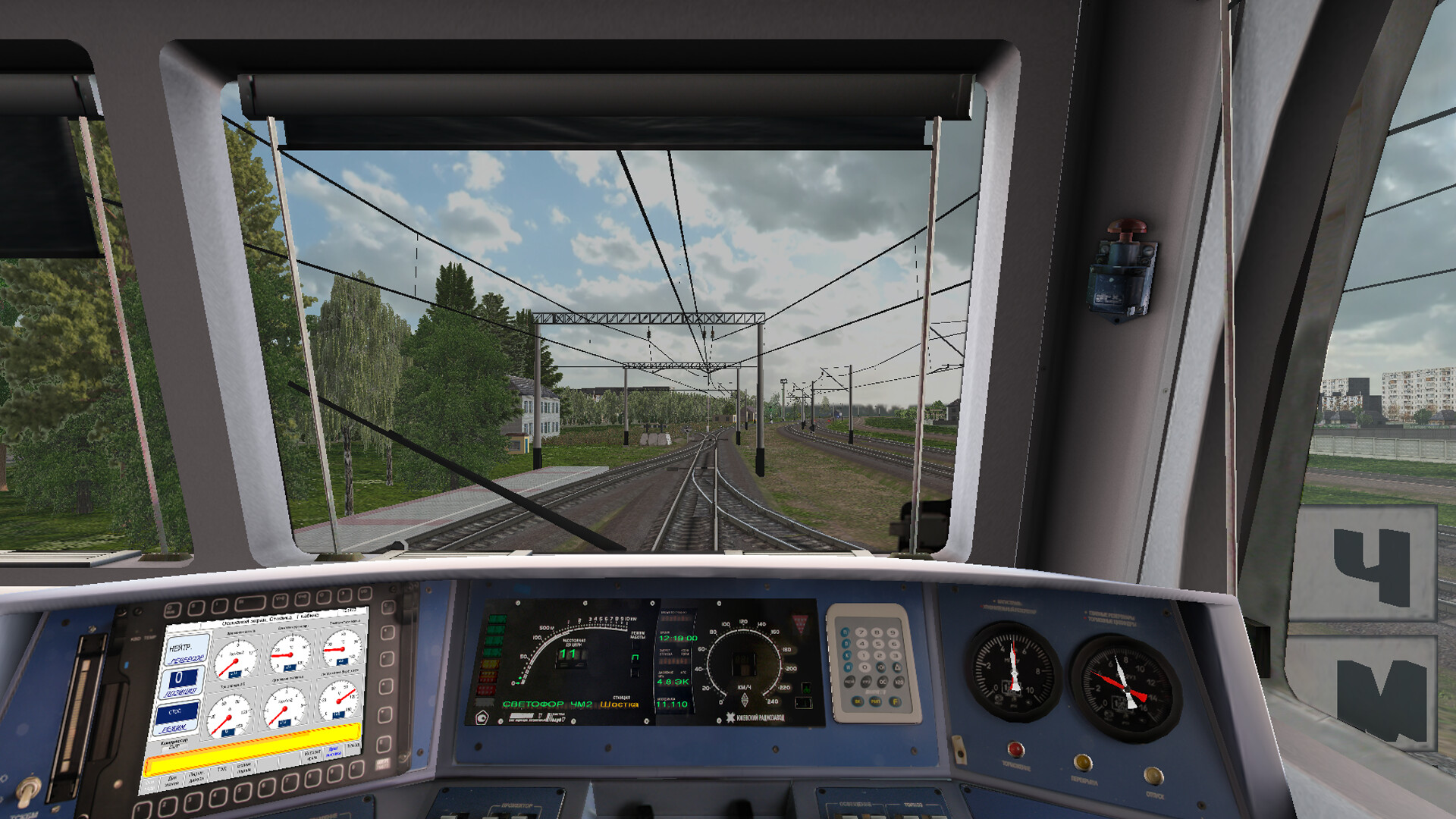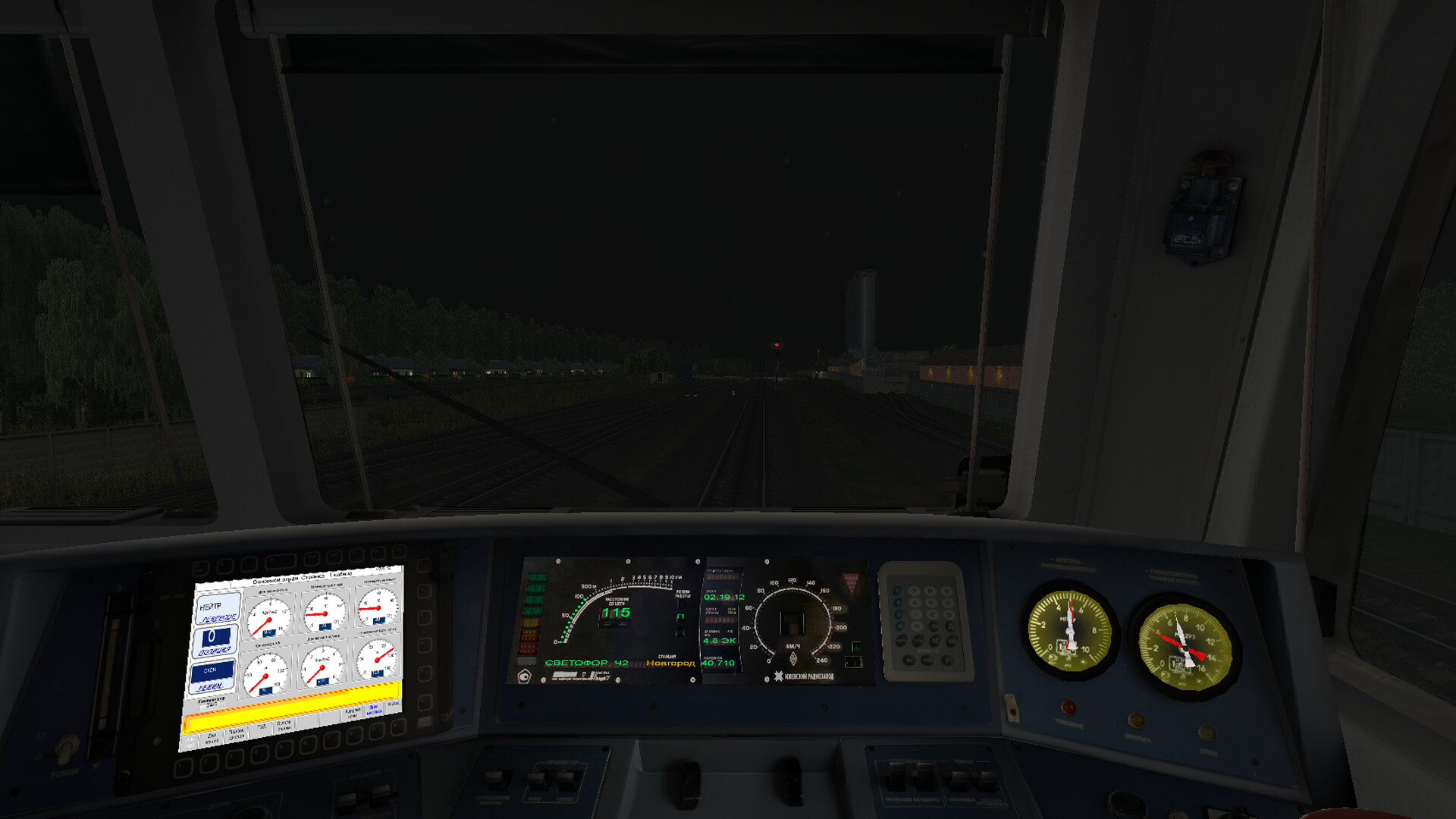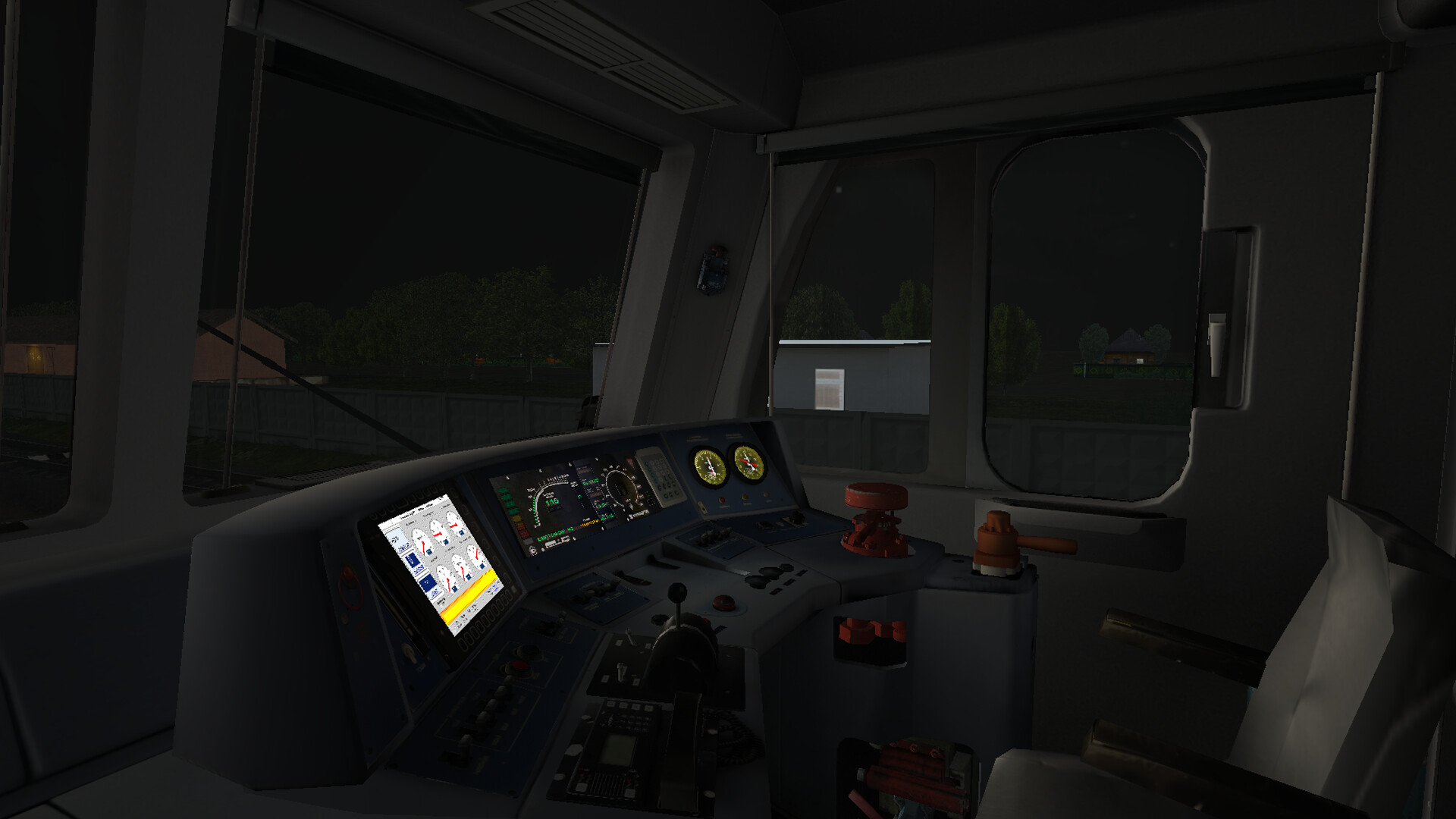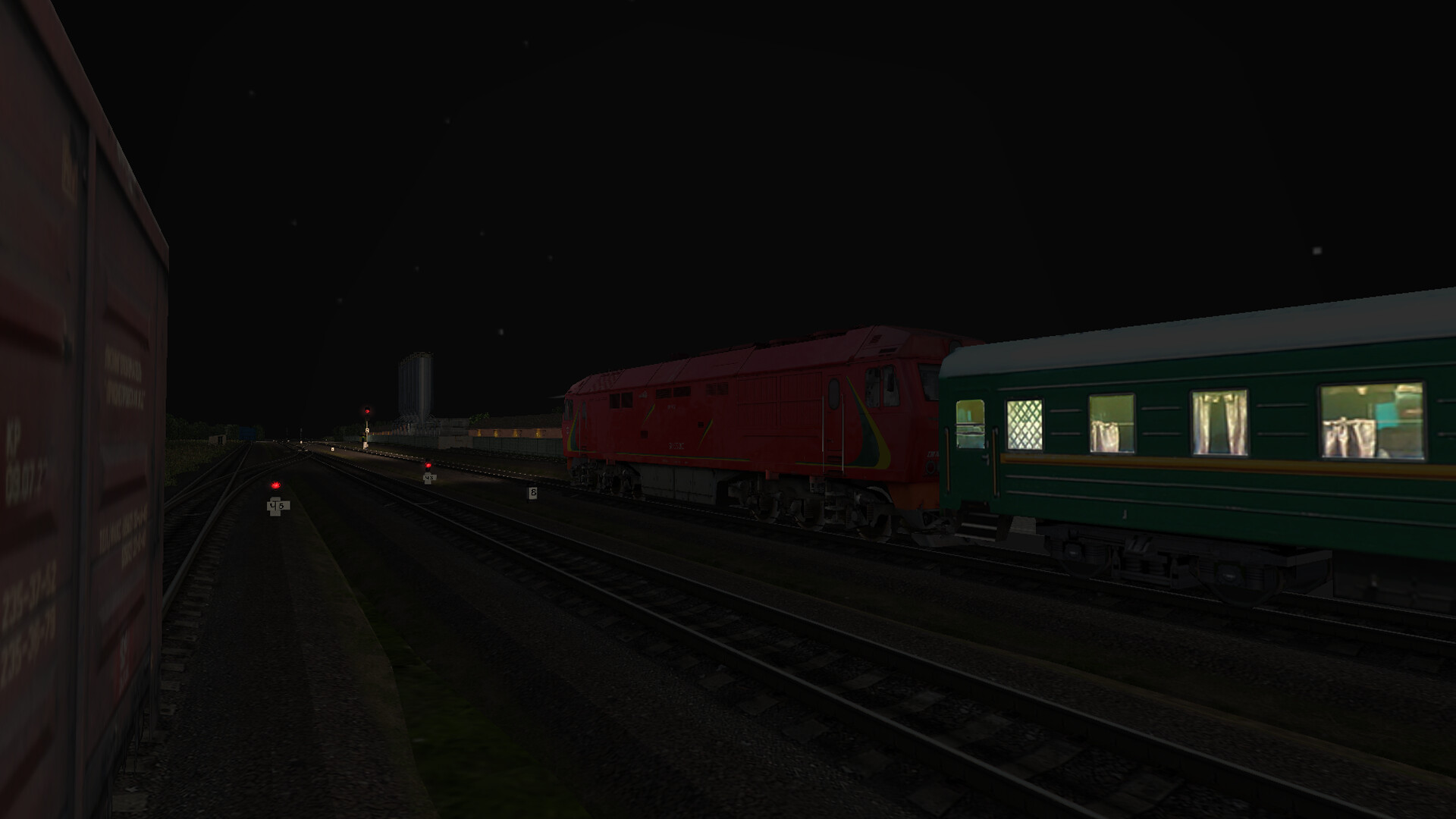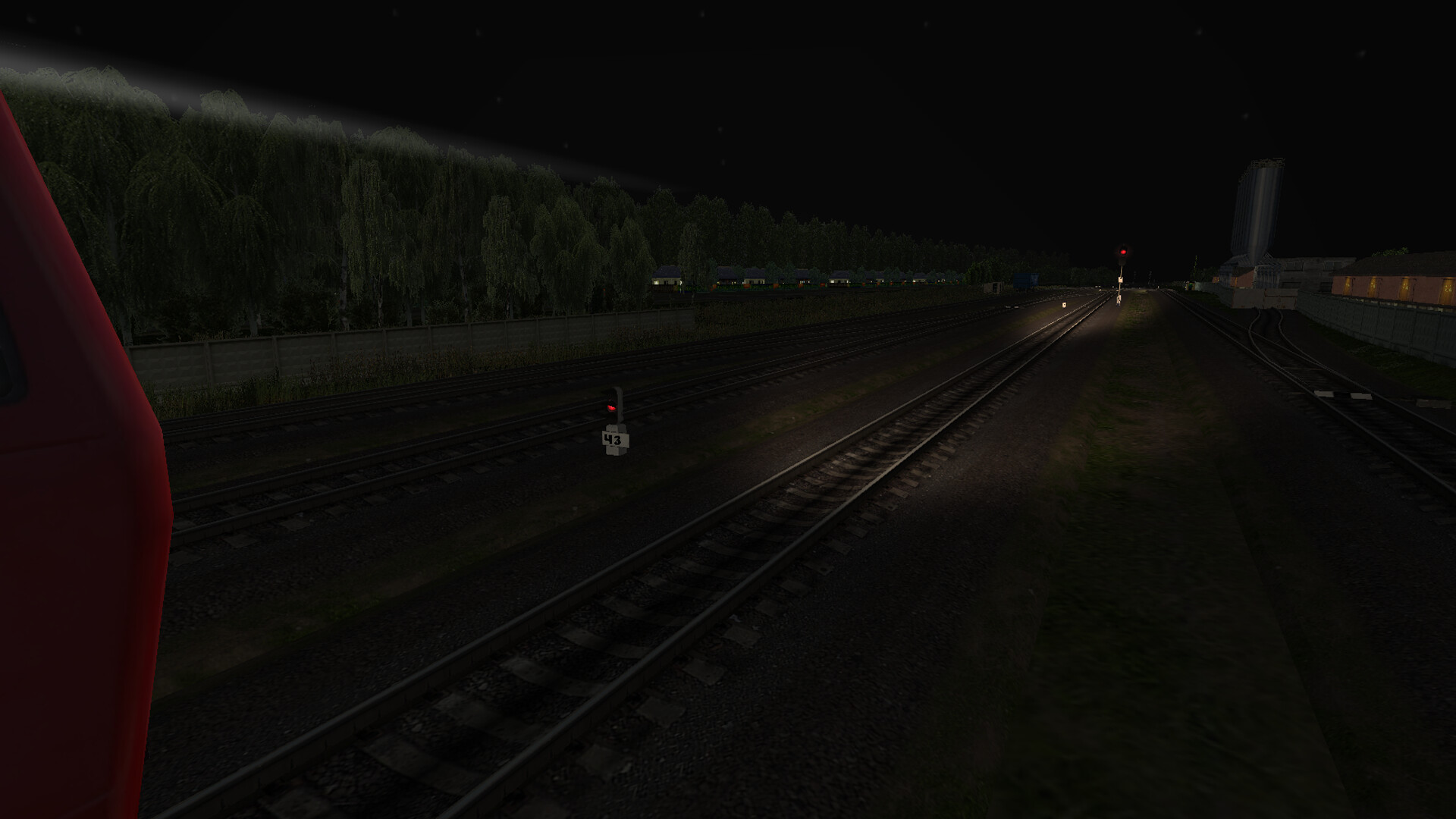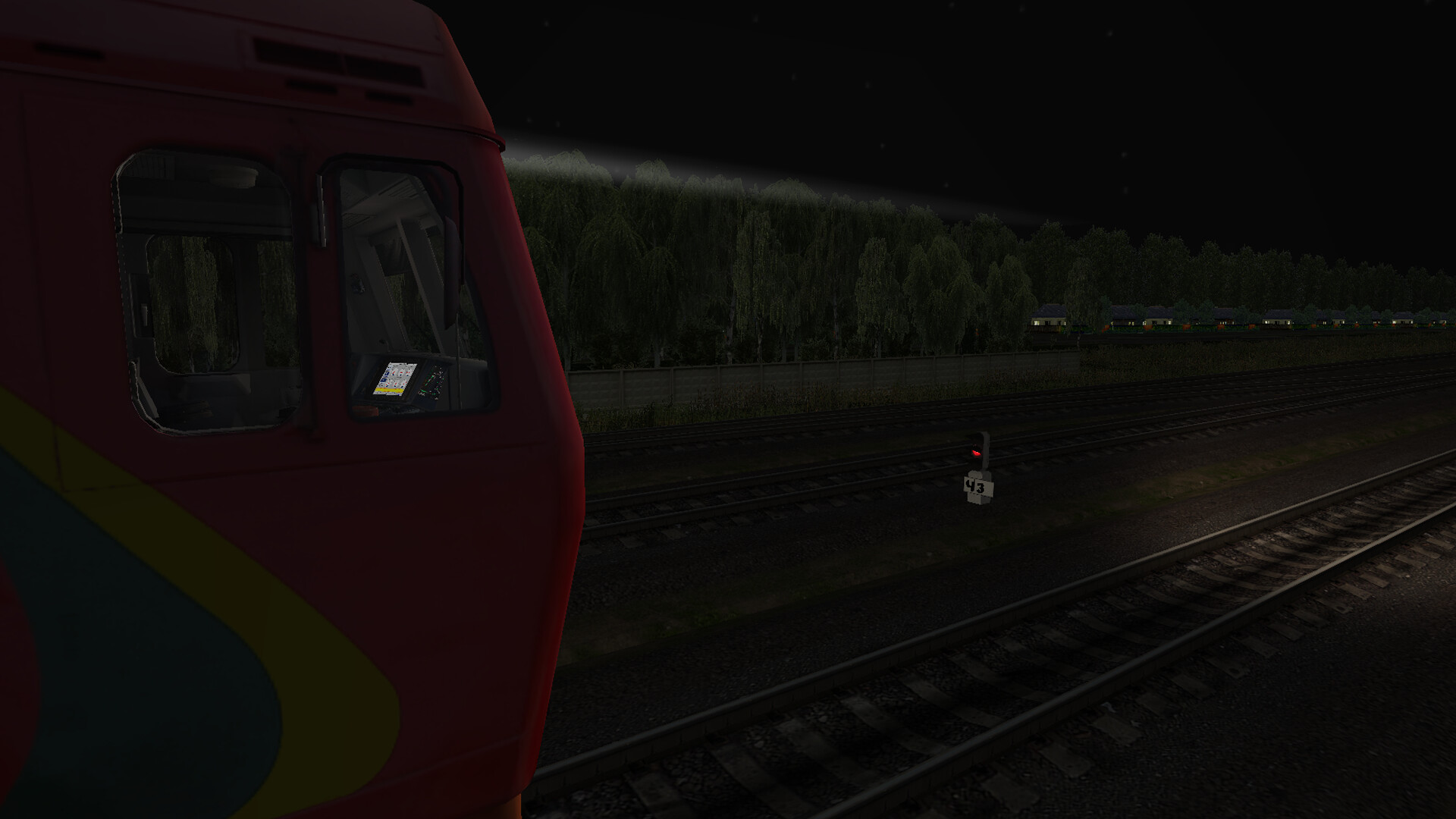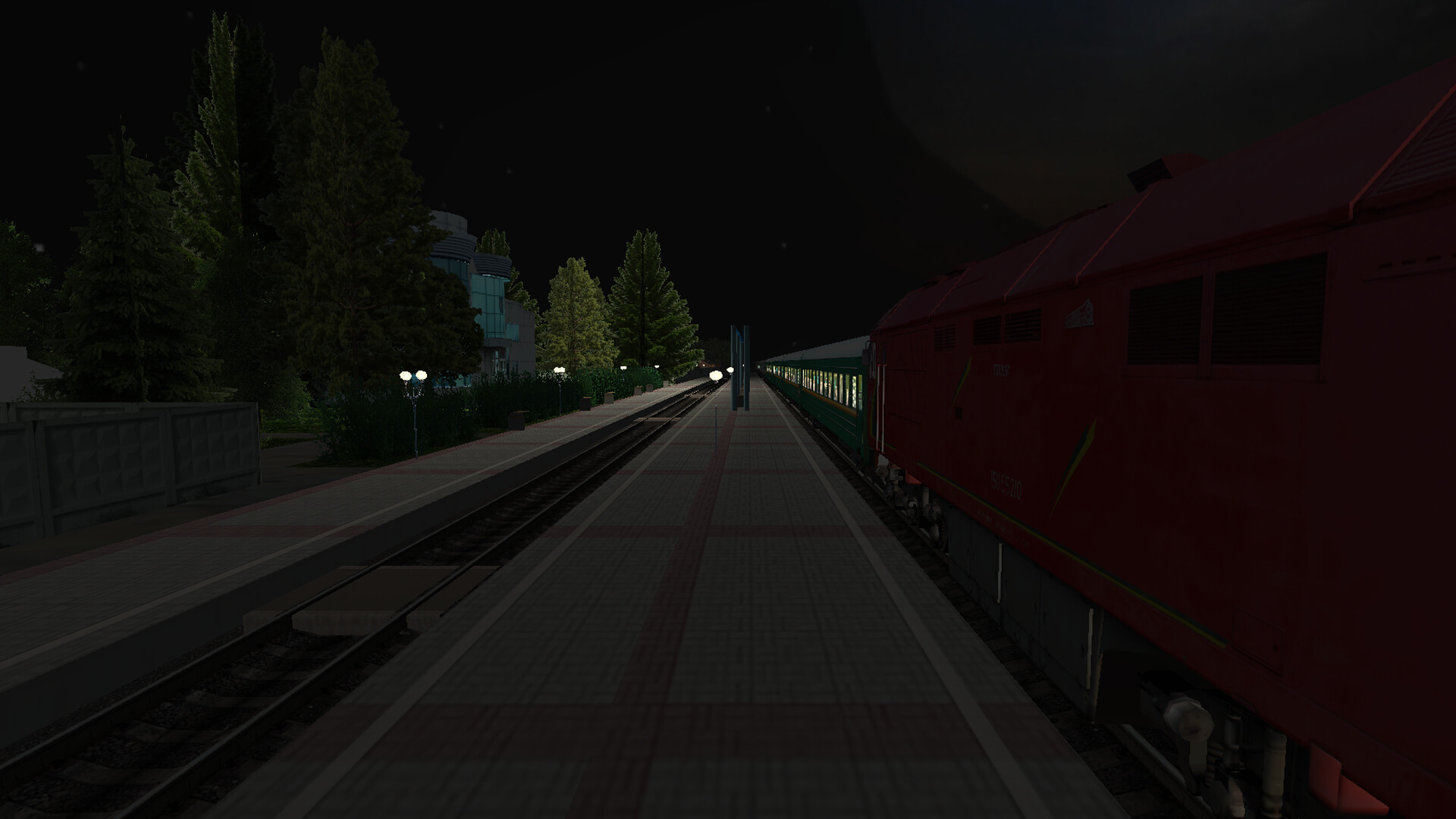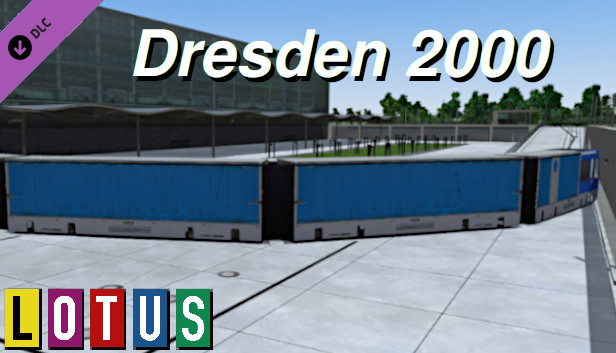In 2002, the Kolomna Plant built the experimental single-section six-axle passenger diesel locomotive TEP70A-001. After some time, the locomotive was assigned the series designation TEP70BS.
The locomotive featured a welded load-bearing frameless body with a welded steel cladding integrated into the load-bearing structure and equipped with two driver’s cabs. The body and frame formed a single welded structure, with load-bearing elements made of low-alloy steel. The fuel tank was part of the structural design of the middle section of the frame and served as a base for mounting the diesel generator. The battery and main reservoirs were housed in compartments within the fuel tank.
The locomotive body rested on two three-axle bogies through spring supports. Tractive and braking forces were transmitted through pivot mechanisms. The suspension system was individual, two-stage, with hydraulic shock absorbers in both stages and a static deflection of at least 160 mm.
The traction motors were mounted on the bogie frame. The torque from the traction motor was transmitted to the wheelset through a traction gearbox and a hollow cardan shaft with articulated lever couplings. The wheel diameter was 1220 mm.
The locomotive was equipped with pneumatic, electro-pneumatic, electric rheostatic, and hand brakes, a train power supply system, and a microprocessor-based control and diagnostics system.
Air for cooling the electrical machines and apparatus was drawn in by a centralized air supply (CAS) fan through a filter block and delivered to them via ducts welded into the body frame.
The locomotive's power unit was the 2A-9DG-01 diesel generator. The diesel generator was mounted on the body frame using rubber-metal shock absorbers, eliminating a rigid connection between the diesel generator and the body frame.


